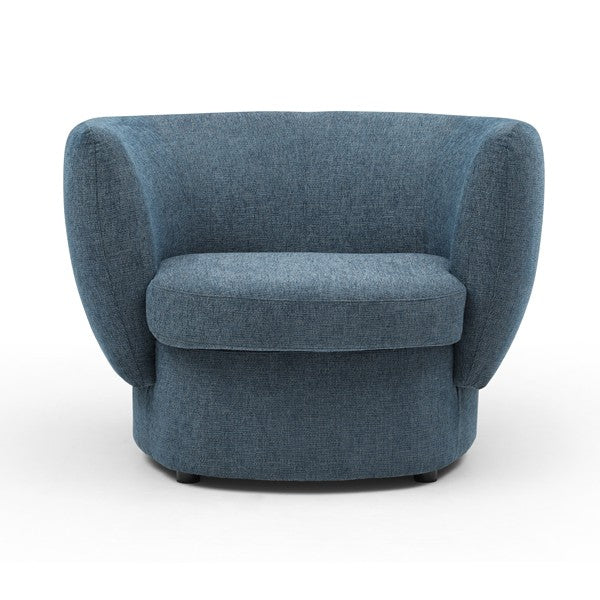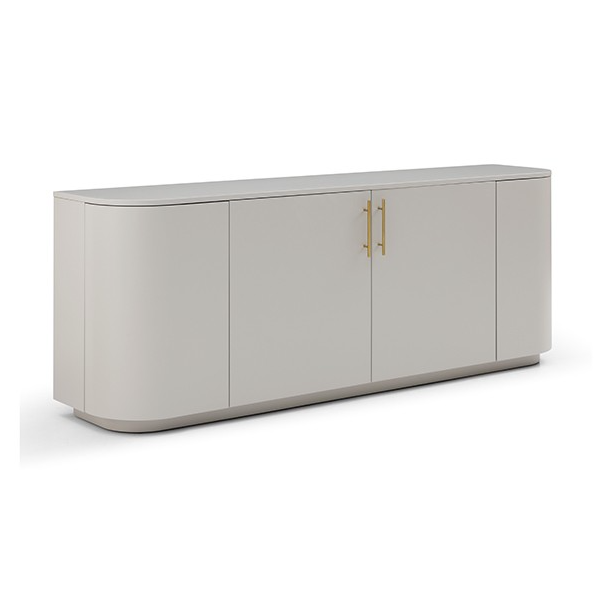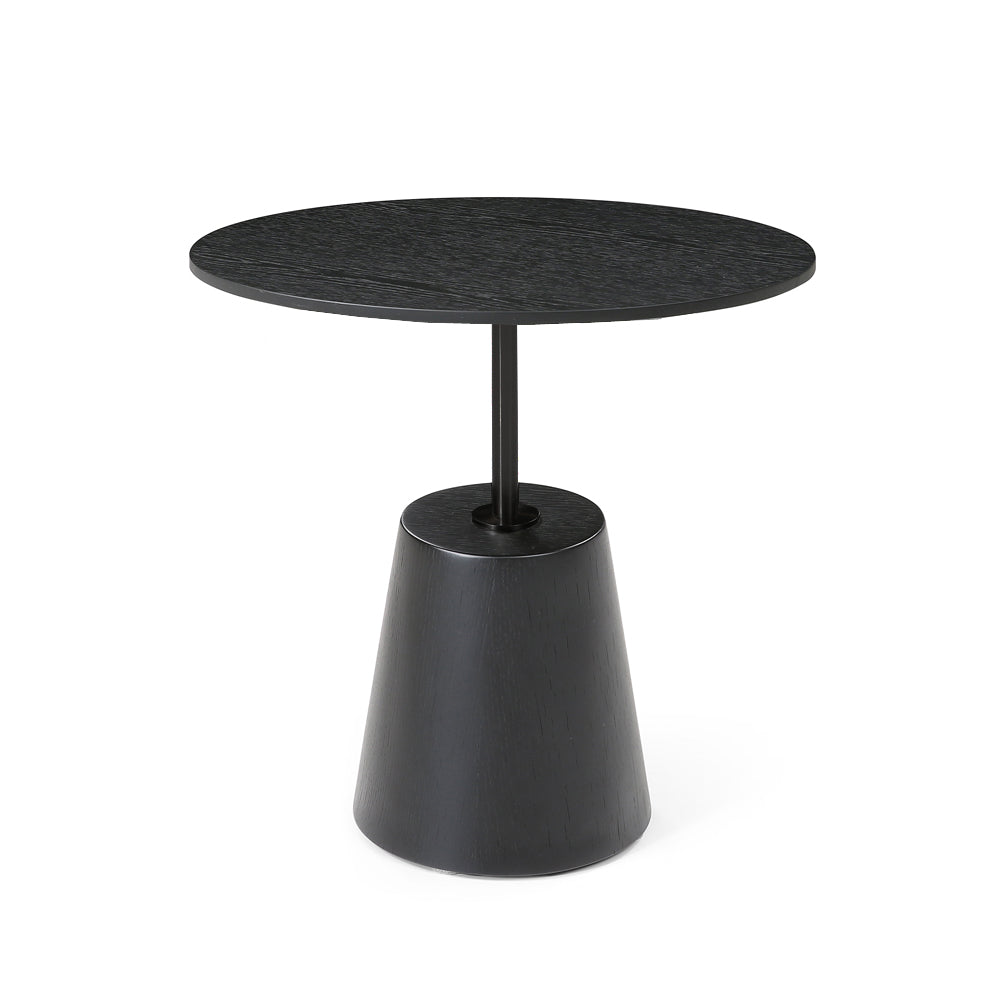Neutral colors are a timeless classic in the world of home decor. From warm beiges to cool grays, these versatile shades can create a calm and inviting atmosphere in any room. But using neutral colors in your home decor is not just about playing it safe or sticking to a traditional style. It's about knowing how to balance different hues and textures to create a cohesive and sophisticated look that reflects your personality and lifestyle. In this ultimate guide, we'll explore the different ways you can use neutral colors in your home decor, from choosing the right paint colors to mixing and matching patterns and textures. Whether you're a minimalist looking for a clean and simple aesthetic or a maximalist looking for a bold and eclectic vibe, you'll find plenty of tips, tricks, and inspiration to help you create the perfect neutral palette for your home. So let's dive in and discover the beauty and versatility of neutral colors in home decor!

Benefits of using neutral colors
Neutral colors have a lot of benefits when it comes to home decor. For one, they can create a calming and relaxing atmosphere, perfect for unwinding after a long day. They also serve as a great backdrop for other colors, making it easy to add pops of color through accessories or artwork. Additionally, neutral colors are versatile and timeless, meaning they can work well in any style of home decor, from traditional to modern.
Another benefit of using neutral colors is that they can make a small space feel larger and more open. This is because light colors reflect light, making a room feel brighter and more spacious. Finally, neutral colors are easy to work with and can help tie together different design elements in a room. Whether you're using bold patterns or a mix of textures, a neutral color palette can help bring everything together for a cohesive and sophisticated look.
Types of neutral colors and how to choose the right one
When it comes to neutral colors, there are many different shades and tones to choose from. Some of the most popular neutral colors include beige, gray, white, cream, and taupe. Beige is a warm and inviting color that works well in traditional or rustic decor styles. Gray is a cool and sophisticated color that works well in modern or minimalist spaces. White is a clean and fresh color that can work in any style of home decor. Cream is a warm and inviting color that works well in cozy, cottage-style homes. Taupe is a versatile color that works well in both warm and cool color palettes.
When choosing a neutral color for your home decor, it's important to consider the undertones of the color. Some neutral colors have warm undertones, while others have cool undertones. Warm neutral colors, like beige and cream, have yellow or red undertones, while cool neutral colors, like gray and white, have blue or green undertones. It's important to choose a neutral color with undertones that complement the other colors and materials in the room.

How to incorporate neutral colors into your home decor
There are many different ways to incorporate neutral colors into your home decor. One of the easiest ways is to use neutral colors as a backdrop for other colors. For example, you could paint your walls a light gray or beige and then add pops of color through accessories like pillows, curtains, or artwork. This allows you to easily switch up the color scheme in the room without having to repaint the walls.
Another way to incorporate neutral colors is to mix and match different textures and patterns. For example, you could pair a chunky knit throw with a smooth leather sofa, or mix a striped rug with a floral armchair. This helps add visual interest to the room while still maintaining a cohesive look.
Mixing and matching neutral colors
Mixing and matching different neutral colors can be a great way to create a sophisticated and layered look in your home decor. However, it's important to balance the different hues and tones to avoid a bland or washed-out look. One way to do this is to mix warm and cool neutrals together. For example, you could pair a warm beige sofa with cool gray walls and a cream rug. This creates a harmonious and balanced color palette that adds depth and interest to the room.
Another way to mix and match neutral colors is to layer different textures and materials. For example, you could pair a velvet armchair with a wool rug and a linen throw. This helps add visual interest to the room while still maintaining a cohesive color scheme.
Creating a cohesive look with neutral colors
Creating a cohesive look with neutral colors is all about balancing different hues, textures, and materials. One way to do this is to choose a neutral color palette and stick to it throughout the room. For example, you could choose a palette of warm beige and cream and then use these colors throughout the room in different textures and materials.
Another way to create a cohesive look is to use an accent color sparingly. For example, you could add pops of a bold color like navy or emerald green through accessories like pillows or artwork. This helps add visual interest to the room while still maintaining a cohesive and sophisticated look.

Neutral color palettes for different rooms in your home
When it comes to using neutral colors in different rooms of your home, there are many different color palettes to choose from. In a living room, for example, you could use a warm beige or cream as the main color and then add pops of color through accessories like pillows or curtains. In a bedroom, you could use a cool gray or white as the main color and then add warmth through a chunky knit throw or a plush rug.
In a kitchen, you could use a combination of warm and cool neutrals to create a balanced and inviting look. For example, you could pair warm wood cabinets with cool gray counter tops and a white subway tile back-splash. This creates a harmonious and cohesive color palette that works well in a kitchen.
Adding pops of color to a neutral decor scheme
Adding pops of color to a neutral decor scheme is a great way to add visual interest to a room. One way to do this is to choose a bold color and use it sparingly throughout the room. For example, you could add pops of a bright yellow through accessories like pillows, curtains, or artwork.
Another way to add color is to use a patterned fabric or wallpaper. For example, you could choose a floral or geometric patterned fabric for your curtains or a wallpaper with a bold pattern for an accent wall. This helps add visual interest to the room while still maintaining a cohesive and sophisticated look.
Common mistakes to avoid when using neutral colors
When using neutral colors in your home decor, there are some common mistakes to avoid. One of the biggest mistakes is using too many different neutrals without balancing the hues and tones. This can create a washed-out or bland look that lacks visual interest.
Another mistake is not adding enough texture to the room. Neutral colors can look flat or boring without the addition of different textures and materials. Make sure to mix and match different materials like wool, velvet, and leather to add visual interest to the room.

Final tips for using neutral colors in home decor
Using neutral colors in your home decor can create a calming and sophisticated atmosphere that reflects your personality and lifestyle. When choosing a neutral color palette, it's important to consider the undertones of the color and balance different hues and textures. By mixing and matching different neutrals and adding pops of color and texture, you can create a cohesive and layered look that adds visual interest to your home decor. So go ahead and experiment with different neutral colors and see how they can transform your living space!





